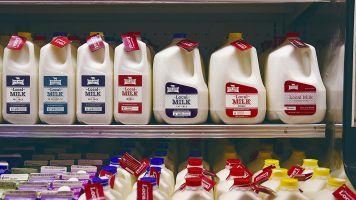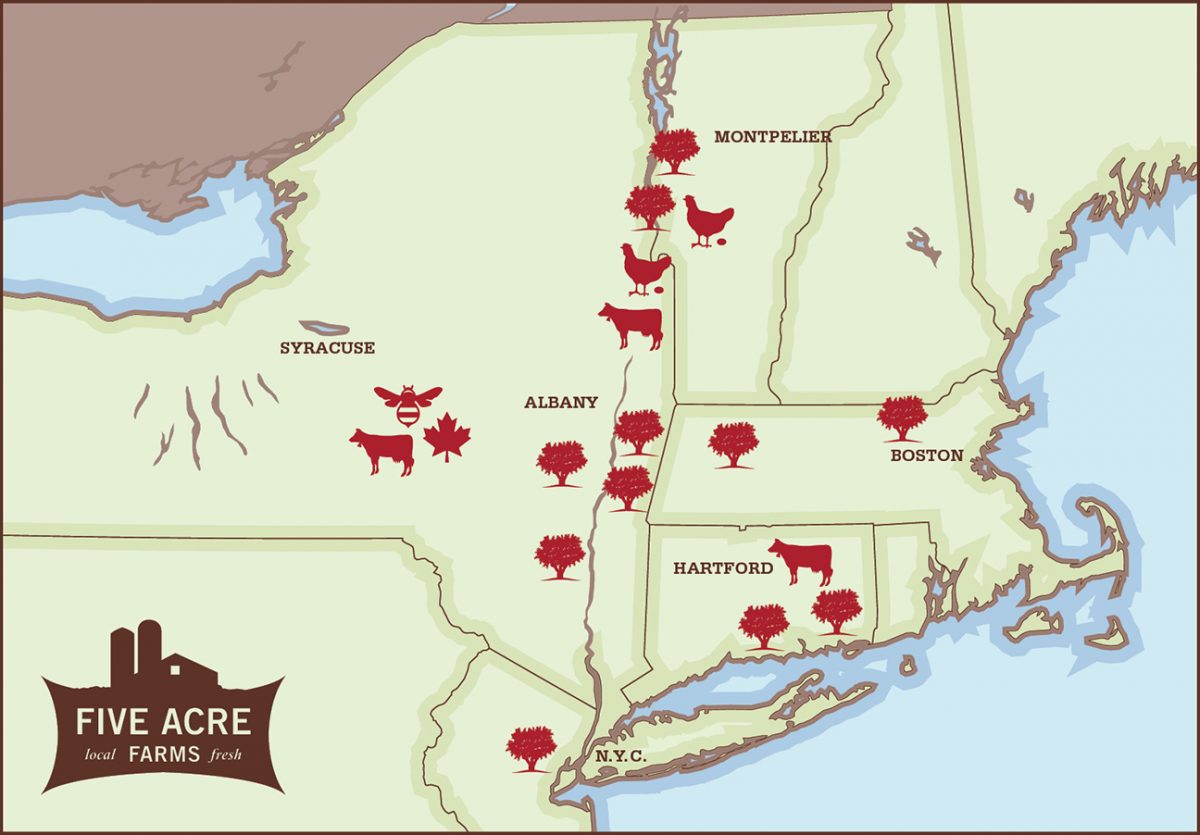There are a multitude of reasons why we should prioritize holding onto a secure and dependable Local food system that is economically rewarding to farmers and our population.
Is Local food a panacea? Nope, not even close. But, it is essential. Here are four core concepts underlying my thinking: diversification theory, supply chain transparency, recognition of our human food economy, and regional agricultural strength. They all should be recognized as important pieces of the puzzle.
Diversification theory: Much like a portfolio, our sources of food should come from an array of places to spreads out risk. So too should the workforce that delivers this food. Simply put, more diversity leads to lower risk.
Transparency: Central to the definition of Local food is transparency. Local food is more than just place or food miles. It means we know the people involved in making or growing the food. We know where the food came from, and we know the farming, labor and business practices behind them because they matter to our community. This is very empowering in the face of an anonymous food system.
The Human Food Economy: Technology, mechanization and industrialization have all done wonders for the world and for the world of farming. However, food is still a very human experience. People are involved in planting, picking, harvesting, packing and making food to varying degrees. They are also involved in delivering and serving that food. Ultimately, we all eat that food. Local food allows us to appreciate all the people involved in feeding us. We sure appreciate them now! And when you stop to think of it, that we are now noticing all the human elements of our food economy, it’s a beautiful thing.
Regional Agricultural Strengths: Other than in California, our regional agricultural strength has been an accidental casualty of today’s system. We need to stop this. In the Northeast, we as consumers can profitably and economically have available to us 10-12 months of the year from local producers the following: eggs, milk, cheddar cheese, onions, potatoes, apples, cabbage, bread, yogurt, kale, salad mix, blueberry jam, butter, soy products and more. The full list is so much longer. In a crisis, we appreciate the importance of items like these and the people involved who get them to us from farm to our door.
Not everything grows everywhere: some climates are better suited to certain crops. Some people are better at making things than others. Food has become national and international and all the world has benefited. But, without a healthy regional food supply to compliment a national and global system, our abilities to respond to short term crises and protect our local economies are unnecessarily hamstrung.
Our current actions of social distancing, wearing masks, and active hand washing are not easy, but we’re all doing them. Supporting Local food and farming is an easier, very doable part of go-forward plans in which we can all take part. Next up: Real-world example of how food gets to you.



